Ohio Farm Bureau Podcast: Protecting your hearing on the Farm
On this episode of the podcast, we are joined by Ohio Bureau of Workers’ Compensation to talk about noise-induced hearing loss within agriculture.
Read MoreFarmers know the weather forecast better than anyone, so when it comes to cold weather, it’s just using information you already have. But when harsh winter temperatures start to ease in the spring, it’s easy to forget the cold weather hazards that spring brings.
Chilblains
Chilblains are painful inflammation of small blood vessels in the skin, caused by the repeated exposure to temperatures just above freezing to as high as 60°F.
Trench foot
Trench foot is a non-freezing injury of the feet caused by prolonged exposure to wet and cold conditions. It can occur in temperatures as high as 60°F if feet are constantly wet. Wet feet lose heat 25-times faster than dry feet.
Hypothermia
Hypothermia occurs when the internal body temperature drops from losing heat faster than it can be produced. It can occur even in the spring at cool temperatures (above 40°F) if a person becomes chilled from rain, sweat, or immersion in cold water.
Frostbite
Frostbite is caused by the freezing of the skin and tissues. Frostbite can cause permanent damage to the body, and in severe cases can lead to amputation. The risk of frostbite is increased in people with reduced blood circulation and among people who are not dressed properly for extremely cold temperatures.
Fuel your body
Eat and stay hydrated throughout the day to keep energy up. Don’t overload on caffeine; it causes your body to lose heat faster.
Wear appropriate gear
Start with a moisture-wicking base layer and then add layers for the conditions, especially focused on the wind, rain, and wind chill. Select footwear and gloves based on the conditions and type of work you are doing. Don’t forget a hat or hood, as up to 40% of body heat can go out of the top of our heads. Adding a scarf or knit mask to cover your face and mouth is important in extreme cold.
Wet clothing chills the body quickly, so bring a basic change of clothes and footwear along.
Plan ahead
Check your first aid kit to ensure it is updated and accessible. Include items like chemical hot packs and thermal blankets. Arrange outdoor tasks for the warmer parts of the day and plan time for frequent breaks in heated areas.
A safety consultation is a valuable service included at no additional cost with your BWC premium. Our safety consultants can help you identify potential hazards and develop a plan to eliminate them. Contact your local BWC service office: call 800-644-6292, or submit a request online to improve the safety of your ag business.
And don’t forget to register for the 2025 Ohio Safety Congress & Expo at the Greater Columbus Convention Center, April 16-18, 2025.

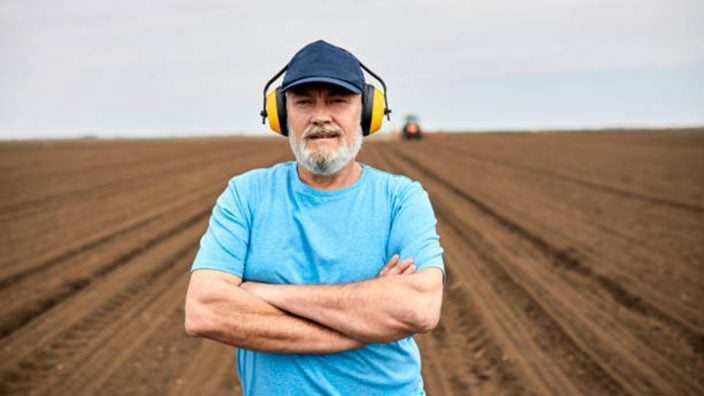
On this episode of the podcast, we are joined by Ohio Bureau of Workers’ Compensation to talk about noise-induced hearing loss within agriculture.
Read More

Ohio BWC industrial hygienists, safety consultants, and ergonomists can visit your farm, help spot risks, and suggest improvements that make a real difference.
Read More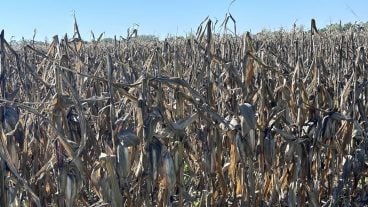
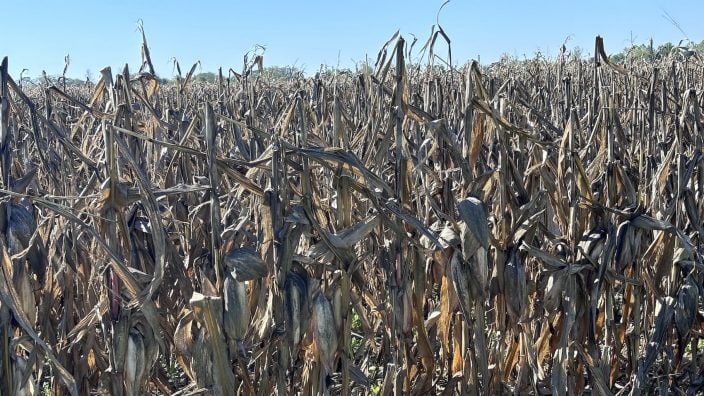
On this Ohio Farm Bureau podcast, we talk about ergonomics in agriculture with Mona Weiss and get an updated forecast from Dr. Aaron Wilson.
Read More

Farming is the backbone of our food supply—providing safe, healthy food for families across the world—but it can take a…
Read More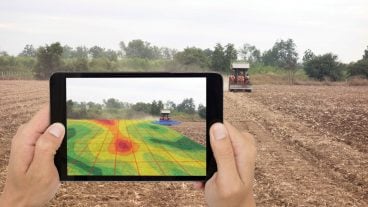
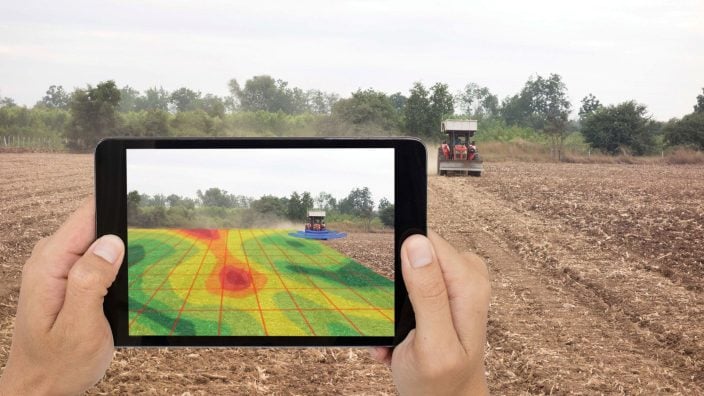
Learn how Ohio State’s eFields is transforming digital agriculture and get some very helpful tips from Ohio Bureau of Workers’ Compensation when it comes to how to combat heat stress.
Read More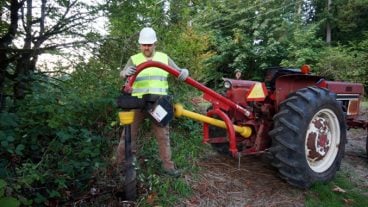

How do we reduce the risks to operators and family members who work with, and near PTO-driven equipment?
Read More

On this Ohio Farm Bureau Podcast, get a full recap of the Country Presidents’ Trip to D.C. and a preview of the 2025 Ohio Safety Congress & Expo.
Read More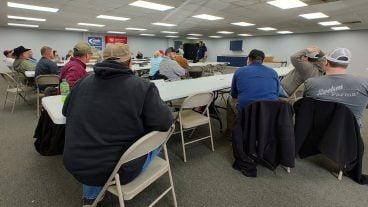

This meeting fulfilled the training requirement for the Farm Bureau group rating program, helping employers better understand workers’ compensation coverage and safety practices.
Read More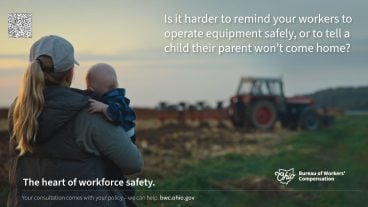

Ohio BWC safety consultants can help you identify potential hazards and develop a plan to eliminate them.
Read More
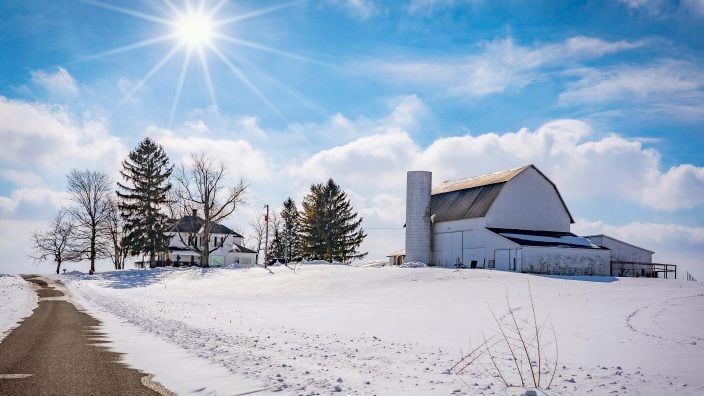
Get tips on staying safe this winter from experts with the Ohio Bureau of Workers’ Compensation on this Ohio Farm Bureau Podcast.
Read More